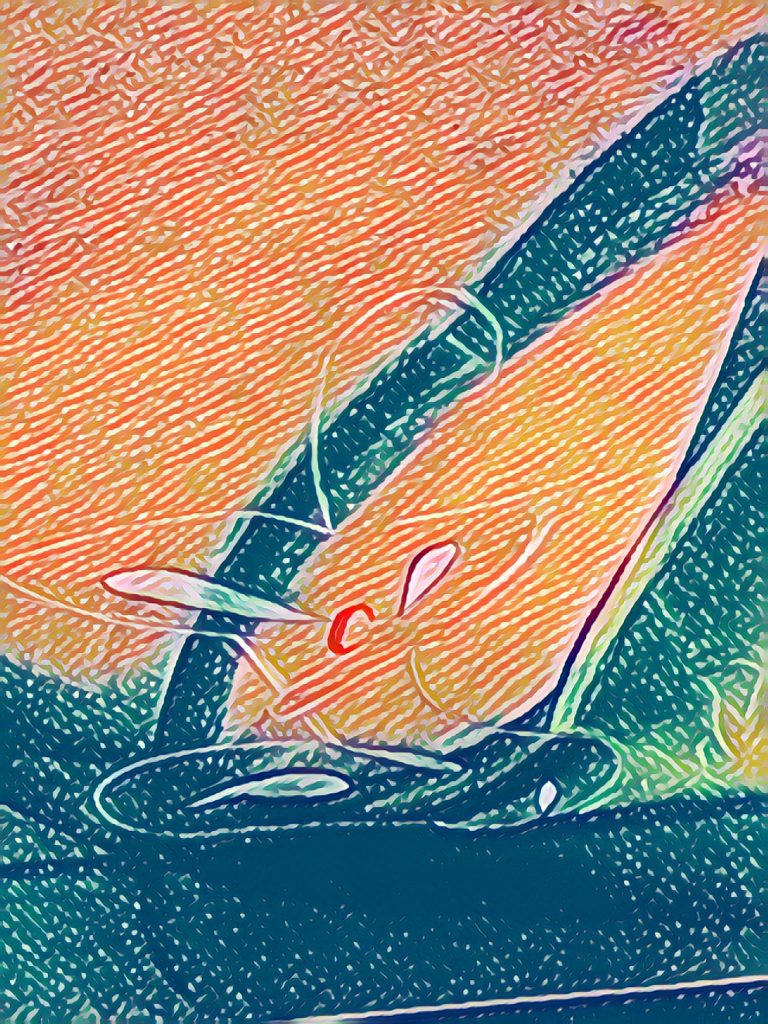
Meditation: Beyond Mindfulness 5 responses
This is the system of meditation I have used for almost 50 years. I have finally managed to write it down, so I can leave it to you. It is a path to enlightenment.
Buddhist Meditation given by Burmese Monk Pe Maung Tin in the 1950s to Morrie Kingston who gave it to me in 1973. Yours now.
Instructions and explanation.
The modern practice of Mindfulness derives from ancient techniques of Meditation. Mindfulness is excellent, doubtless, and can be fantastically helpful in re-orientating the restlessness and unease we suffer in the modern world and returning us to equilibrium. The use of breath, awareness of the breath-body and calming the mind to put everything in some perspective are what both have in common. Yet this is only the first stage of meditation. Perfectly adequate for most people. However, to reach higher levels in the pursuit of the ultimate spiritual goals and work towards Samadhi (Sanskrit: “total self-collectedness” in Indian religion, and particularly in Hinduism and Buddhism, the highest state of mental concentration that a person can achieve while still bound to the body and which unites him with the highest reality. – Encyclopedia Brittanica) takes a longer, deeper practice.
If you are used to meditation and or mindfulness practices you will be familiar with the basic technique. If not, I have tried to explain:
Using the Breath:
For each: SLOWLY, breathe in to about the count of 6.Then breathe out, SLOWLY to the count of 6. Repeat 6 times then to the next. Count each breath. For example, ‘Experiencing the breath-body I breathe in, one. Experiencing the breath-body I breathe out, one. Experiencing the breath-body I breathe in, two. Experiencing the breath-body I breathe out, two….’ to the count of 6 or if needed, 10.
For each breath, feel the breath entering and leaving the nostrils, focus on the sensation of the breath in and the breath out.
In this practice, each Level forms a unitary segment, and the entire meditation is a journey. The final Level 3 may not be reached until you have practised the rest many times.
Now start. If you go through the whole practice, it should take about 40 minutes.
LEVEL 1.
Experiencing the Breath-body (become aware of your whole body)
Calming the breath-body (Here, relax each part of the body either from the head or the toes, whichever you prefer)
Experiencing Rapture (Feel rapture spread from the heart through the body)
Experiencing Happiness (in the whole body and mind. Alpha rhythms are now all-pervading)
LEVEL 2.
Experiencing the mind (be in contact with all the thoughts rushing through your head, look at them, wonder at them, do not seek to control them)
Gladdening the mind (Fill all those words with light and joy)
Concentrating the mind (Now, as if taking full control of that mass of words, focus them into a single point, like a whirlpool . Here it may be useful to focus on a visual object like a mandala or just a particular part of the wall. Point all your thoughts at that object and focus them)
Freeing the mind (Now with each breath let all of that go! Replace with white light. Now you’re ready for -)
LEVEL 3
Experiencing Dispassion (Release emotions and attachment to ego and the world)
Experiencing Cessation (Stop)
Abandonment (Surrender everything, even this meditation.)
REPEAT DAILY if you can. At first you may find it difficult to reach Level 3, and each level may be too superficial. Eventually, it gets deeper. Until understanding, followed by comprehension, followed by ….
….do not forget, I love you all….
I’ll try it.
So tell me Sensei Elkon, are you enlightened?
I have no idea!
Thanks for the reminder. I have been doing a similar Buddhist meditation for years but strangely enough not since lockdown! I will get back to it.
Boom! I met you years ago at the Vihara now locked down. I hope to see you when we’re back to normal.
I was meditating with very similar techniques before. This has some extensions I will use. Can you please do another secret agent Trump story please?